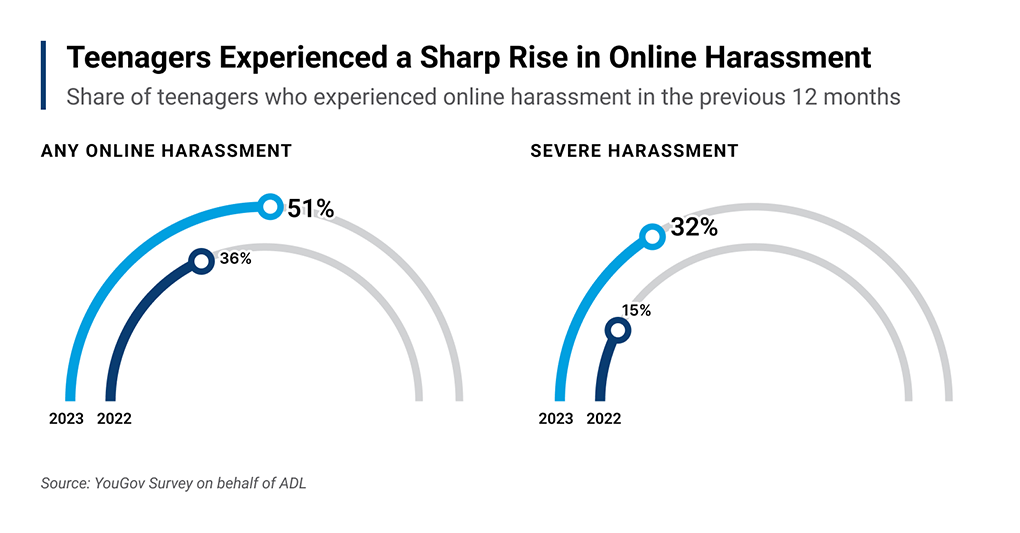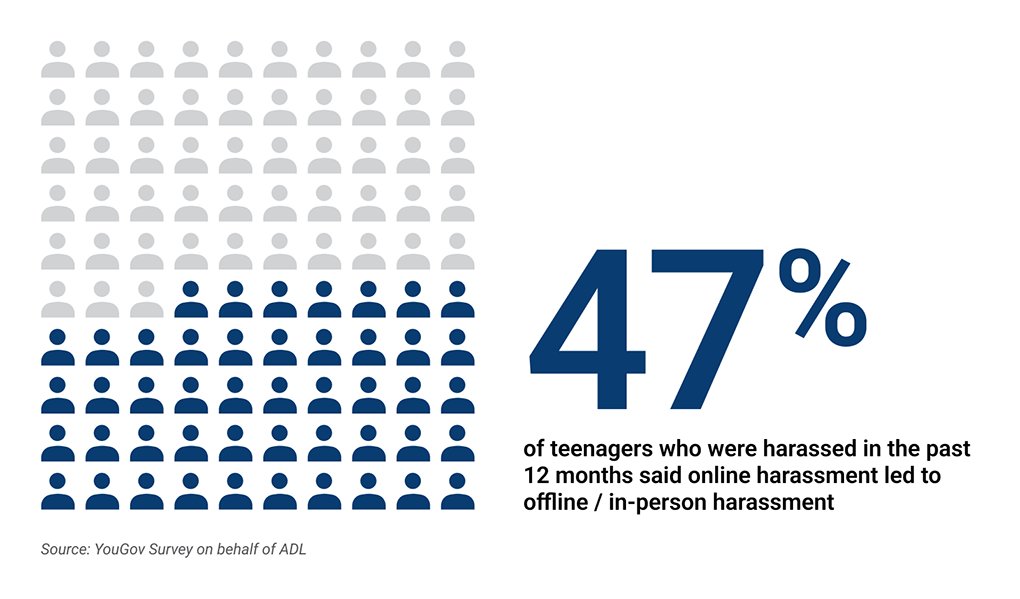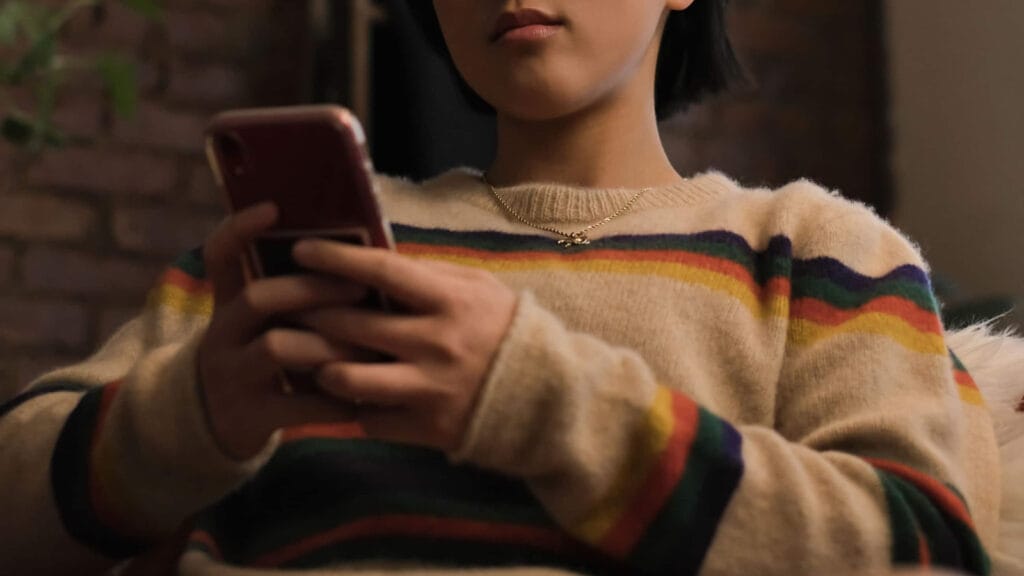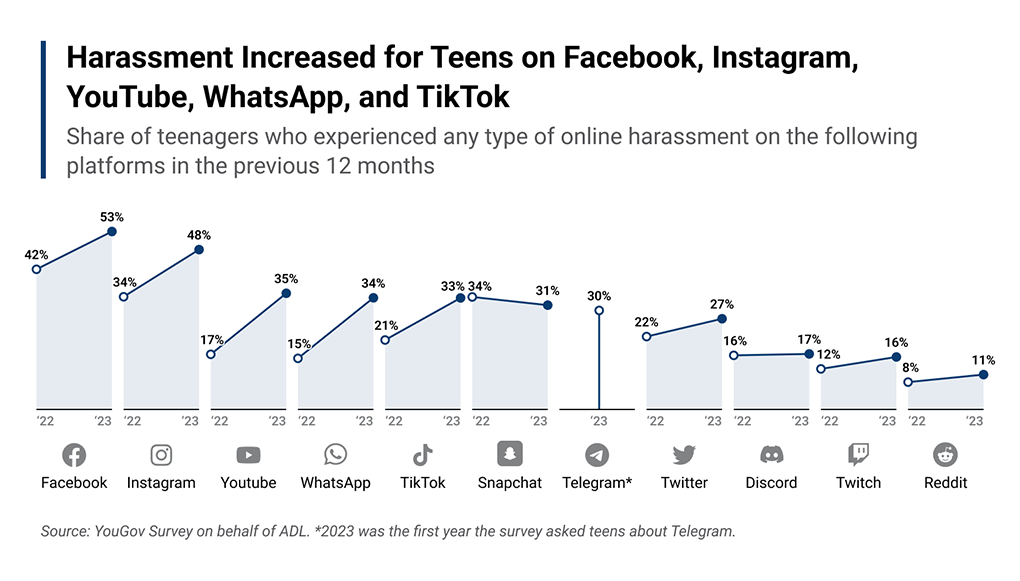Everyone deserves to feel safe on social media. No exceptions, right?
While we all know a bit too well that’s not quite reality, new research is revealing that LGBTQ youth is a community demographic that continues to face devastating levels of hate and harassment over adults online, especially on social media.
Over the last year, online hate and harassment has risen sharply for teens. According to a recent report from the Anti-Defamation League (ADL), teenagers ages 13-17 reported an even greater increase in hate than adults, including severe harassment, from 2022-2023.

More than 50% of teenagers experienced some form of online harassment, which surged primarily on Facebook, Instagram, YouTube, WhatsApp, X (Twitter), and TikTok.
There’s a direct line between online hate and offline harm, including attacks on children’s hospitals that offer healthcare for transgender youth and the wave of anti-trans legislation. From 2022-2023, GLAAD and the ADL documented more than 350 anti-LGBTQ hate and extremism incidents as anti-LGBTQ rhetoric online has soared. LGBTQ youth also report that online hate and harassment harms their mental health, making them more afraid to be themselves.

Social media platforms hold the responsibility to make sure their platforms are safe for everyone, and GLAAD’s Social Media Safety Program is working every day to advocate that companies do better. Since it is so important for LGBTQ youth to have the tools and knowledge to protect themselves, we also created the GLAAD Social Media Safety Guide, which provides four simple steps and other practical guidance, including how to report hate and harassment to the platforms.














